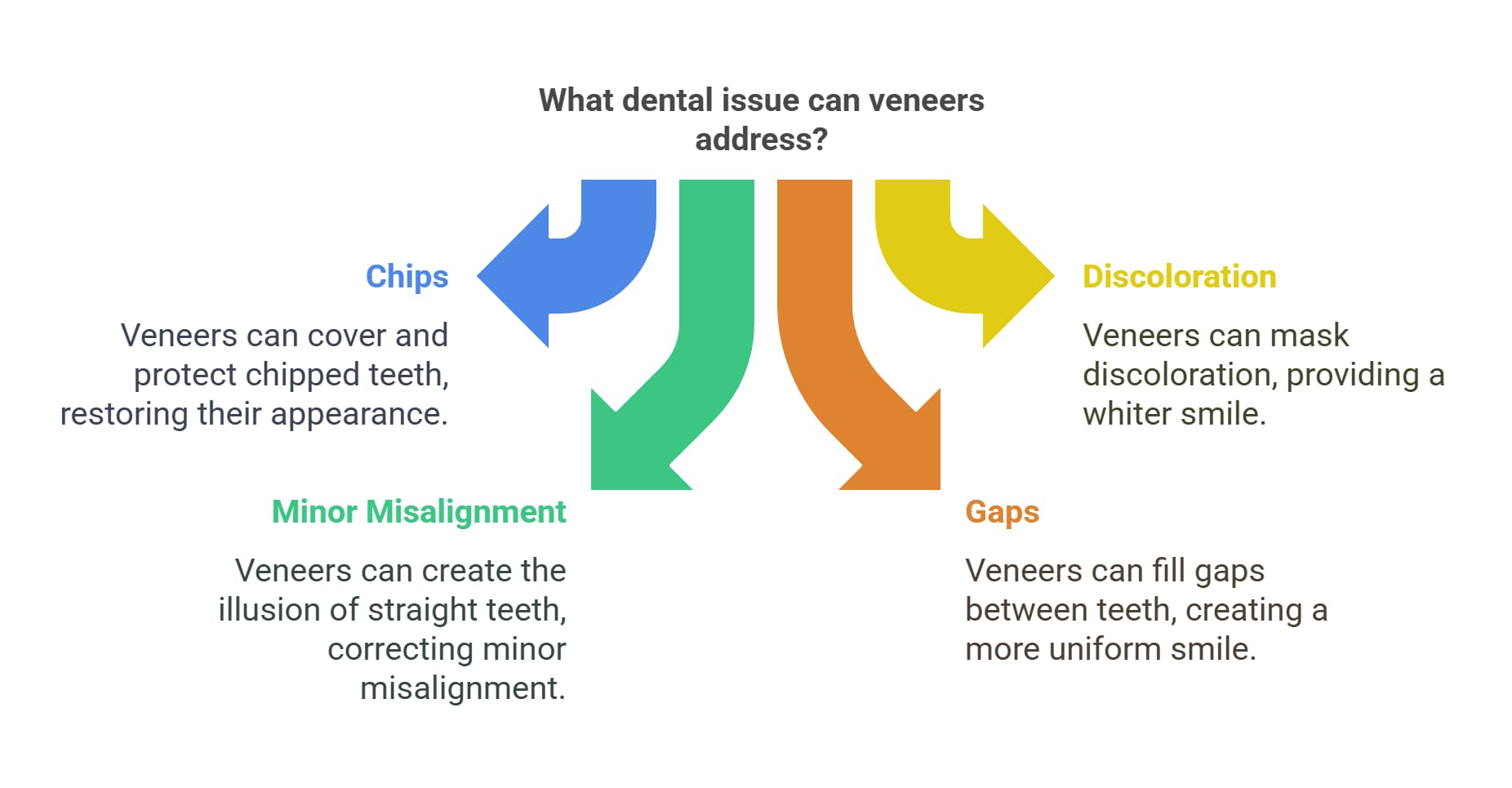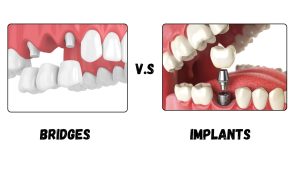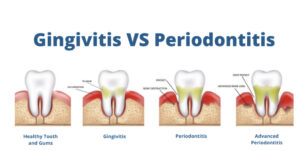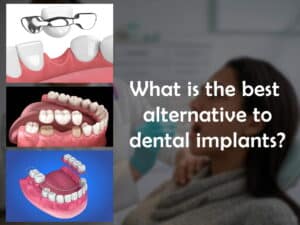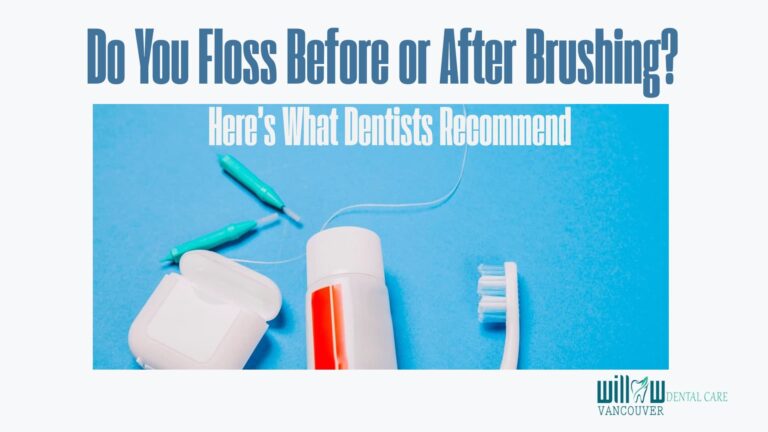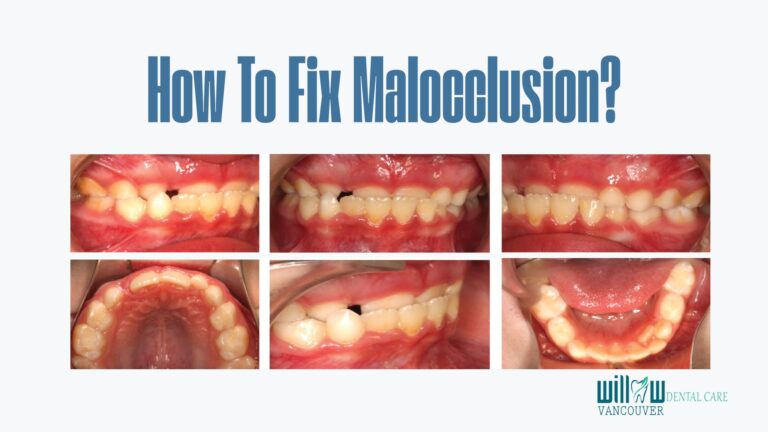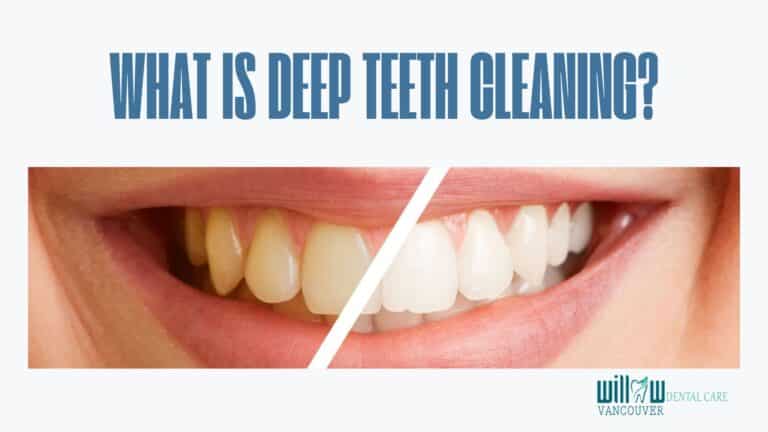Veneers are one of the most effective ways to transform your smile—whether you’re dealing with chips, discoloration, minor misalignment, or gaps. They’re thin shells, often made of porcelain or composite, that are placed on the front of your teeth to enhance their appearance.
But how exactly does the veneer process work? What should you expect, and is it the right choice for you?
In this guide, we walk you through the 5 essential steps of getting veneers, plus answer the most common questions patients in Vancouver ask before making their decision.

Step 1: Consultation & Smile Assessment
Every veneer journey starts with a consultation. This is your chance to discuss what you’d like to improve about your smile—whether it’s shape, color, spacing, or alignment. At this stage, your dentist will:
- Conduct a full oral exam
- Evaluate your teeth and gum health
- Take photos, X-rays, or digital scans
- Discuss your aesthetic goals and expectations
You’ll also learn about alternatives, like dental crowns, if veneers aren’t the best fit for your needs.
Step 2: Tooth Preparation
To ensure a natural-looking result, a small amount of enamel (typically 0.3 to 0.7 mm) is gently removed from the surface of each tooth receiving a veneer. This allows the veneer to sit flush with the rest of your teeth and prevents a bulky or artificial look.
Local anesthesia is usually used to keep the process pain-free and comfortable.
Step 3: Custom Veneer Design
Next, your dentist takes precise impressions or digital scans of your prepared teeth. These are sent to a dental lab where your veneers are custom-designed for:
- Shade (to match or brighten your existing smile)
- Shape and size (to fit your facial features)
- Alignment and symmetry (for a natural and balanced look)
While your permanent veneers are being made, temporary veneers may be placed to protect your teeth and preview the final outcome.
Step 4: Veneer Bonding
Once your veneers arrive—usually in 1–2 weeks—it’s time to fit and bond them.
- Your dentist checks each veneer for fit, shape, and color.
- Adjustments are made as needed.
- Teeth are cleaned, polished, and slightly etched to help the cement adhere.
- A dental adhesive is applied, and each veneer is placed precisely.
- A special curing light hardens the bond instantly.
Once all veneers are in place, your bite is checked and refined to ensure comfort and function.
Step 5: Final Touches & Aftercare
With your veneers in place, you’re ready to enjoy your new smile—but some care is essential to make it last.
- Brush and floss daily with non-abrasive toothpaste.
- Avoid using your teeth as tools (no opening packages!).
- Minimize biting hard objects like ice or pens.
- Wear a nightguard if you grind your teeth.
Many patients also choose to complement their veneers with teeth whitening for untreated teeth, ensuring a consistent, radiant look.
Your Smile, Your Confidence
Veneers are more than a cosmetic upgrade—they’re a confidence boost, a fresh start, and a step toward loving your smile. The process is straightforward, safe, and customized entirely to you.
If you’re located in Vancouver and considering veneers, one of the best places to begin is with a dental team known for its skill, artistry, and personal approach—like Willow Dental Care.
Frequently Asked Questions About Veneers
1. Are veneers permanent?
Veneers are long-lasting but not technically permanent. Porcelain veneers typically last 10–15 years or more with proper care, while composite veneers may last 5–7 years. Because enamel is removed during preparation, the procedure is considered irreversible.
2. Do veneers hurt?
The procedure itself is not painful. Local anesthesia is used during enamel preparation, and most patients report minimal to no discomfort. There may be slight sensitivity afterward, but it usually subsides within a few days.
3. Can veneers stain?
Porcelain veneers are highly stain-resistant, but composite veneers are more prone to discoloration over time—especially with frequent exposure to coffee, red wine, or smoking.
4. How many veneers do I need?
It depends on your smile goals. Some patients get a single veneer for a chipped tooth; others get 6–8 for a complete smile makeover. Your dentist will help you decide what’s best based on your budget and smile line.
5. What’s the difference between veneers and crowns?
Veneers cover just the front surface of the tooth and are primarily cosmetic, while crowns cover the entire tooth and are used for both functional and aesthetic reasons—such as protecting a weak or damaged tooth.
6. Who is not a good candidate for veneers?
Veneers aren’t ideal for patients with:
- Active gum disease
- Severely decayed or weak teeth
- Chronic teeth grinding (unless a nightguard is used)
Your dentist will determine if veneers are suitable for you during your initial consultation.
7. Can I get veneers if I have crooked teeth?
Yes, veneers can help improve the appearance of mildly crooked or misaligned teeth by creating the illusion of straighter teeth. However, for more severe cases, orthodontic treatment (like Invisalign or braces) may be recommended before veneers.
8. How do I care for my veneers long-term?
Caring for veneers is similar to caring for natural teeth:
- Brush twice daily with a soft-bristle toothbrush
- Use non-abrasive fluoride toothpaste
- Floss daily to keep gums healthy
- Visit your dentist regularly for cleanings and exams
Avoid habits like nail biting, chewing ice, or grinding your teeth—these can shorten the lifespan of your veneers.
9. Can veneers fix gaps between teeth?
Yes, veneers are often used to close small to moderate gaps between teeth. They’re a quick and non-invasive solution compared to orthodontics, especially when the spacing is primarily cosmetic.
10. Will veneers look fake or too white?
Not at all—when done properly, veneers look incredibly natural. Your dentist will carefully match the shade, translucency, and shape to suit your features and preferences. If you want a brighter smile, your veneers can be made a few shades whiter than your natural teeth (often with whitening for the surrounding teeth to match).


